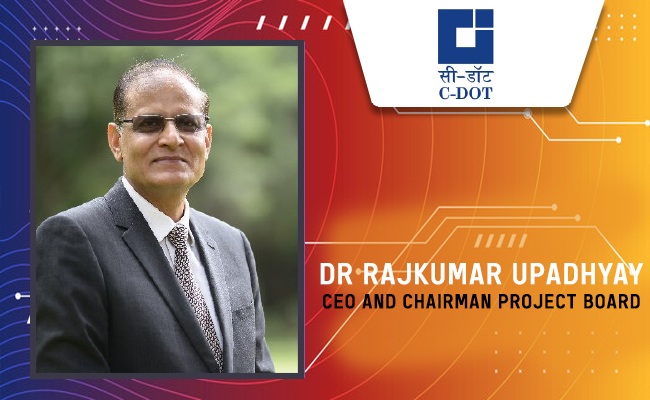U.S. Senators to give green signal for $52 Billion Semiconductor Bill
By MYBRANDBOOK
According to a Reuters report, a group of four U.S. senators might unveil their $52-billion microelectronics industry backing proposal on Friday or early next week. The chip industry support plan is set to include funding of R&D and production and the establishment of national programs.
The $52 billion five-year plan pales in comparison to South Korea's intention to support its semiconductor industry with $450 billion over the next 10 years. Still, the real question is if we can compare the plans directly. Various companies in the U.S. design the vast majority of chips used globally, yet only 12% of semiconductors are produced on American soil. The microelectronics industry funding bill is designed to at least partially change that and bring more chip production back to the USA.
According to a draft document seen by Reuters, the plan is expected to include $39 billion in production and R&D incentives and $10.5 billion to implement various national programs over a five-year period. Among the government-supported R&D initiatives are the National Semiconductor Technology Center and National Advanced Packaging Manufacturing Program.
The chip industry supporting bill will be a part of a bigger $110 billion effort to fund U.S. technology research in a bid to better compete with China. The same bill is also set to include semiconductor requirements of this year's National Defense Authorization Act, which will obviously somewhat help the American microelectronics industry, too.
"There is an urgent need for our economic and national security to provide funding to swiftly implement these critical programs," the summary of the bill seen by Reuters reportedly reads. "The Chinese Communist Party is aggressively investing over $150 billion in semiconductor manufacturing so they can control this key technology."
Typically, when a semiconductor company builds a fab in the U.S. and Europe, it gets incentives from federal and local governments. As a result, expect states to provide incentives to companies like Intel, so in the end, these chipmakers will get considerably more than $39 billion. Yet, even when federal and state chip funding initiatives are combined, the total sum will be considerably lower than South Korea's planned spending on its microelectronics industry.
Historically, automotive and chemical/petrochemical products were South Korea's main export items. Today, semiconductor sales account for around 14.6% of Korea's exports and represent the largest exports category. Furthermore, since chips enable the vast majority of today's products, from mice to TVs and from smartphones to vehicles, the importance of the semiconductor industry is hard to overestimate, especially for South Korea.
There is a catch, though. Samsung and SK Hynix - Korea's largest chip companies - mostly export commodity DRAM and 3D NAND memory chips, not advanced logic chips, like CPUs and SoCs. Samsung, of course, has leading-edge process technologies, yet it produces chips developed by others and in different parts of the world. In fact, there aren't many designers of sophisticated processors in South Korea – even parts of Samsung's Exynos SoCs are designed in the USA.
As per the tomshardware, The multifaceted $450 billion plan is set to change this. In a bid to revamp its domestic semiconductor industry, South Korea intends to help train 36,000 engineers between 2022 and 2031 and contribute $133 billion (1.5 trillion won) to semiconductor R&D programs. Furthermore, the country will help chip designers, manufacturers, and suppliers with tax breaks, lower interest rates, eased regulations, and strengthened infrastructure (which includes ensuring adequate water and power supply for chip makers), reports Bloomberg. South Korea has already gained endorsements from ASML and LAM Research that announced plans to expand their presence in the country.
In general, South Korea wants to build a vertically integrated semiconductor industry that will include leading-edge R&D operations, the development of world-class processors, and the production of chips using the most advanced fabrication technologies.


Legal Battle Over IT Act Intensifies Amid Musk’s India Plans
The outcome of the legal dispute between X Corp and the Indian government c...

Wipro inks 10-year deal with Phoenix Group's ReAssure UK worth
The agreement, executed through Wipro and its 100% subsidiary,...

Centre announces that DPDP Rules nearing Finalisation by April
The government seeks to refine the rules for robust data protection, ensuri...

Home Ministry cracks down on PoS agents in digital arrest scam
Digital arrest scams are a growing cybercrime where victims are coerced or ...


Icons Of India : MUKESH D. AMBANI
Mukesh Dhirubhai Ambani is an Indian businessman and the chairman and ...

Icons Of India : B.V.R. Subrahmanyam
A 1987 batch (Chhattisgarh cadre) Indian Administrative Service Office...

Icons Of India : NEERAJ MITTAL
He started his career as an IAS Officer in 1992. He has held various a...


C-DOT - Center of Development of Telematics
India’s premier research and development center focused on telecommu...

EESL - Energy Efficiency Services Limited
EESL is uniquely positioned in India’s energy sector to address ener...

TCIL - Telecommunications Consultants India Limited
TCIL is a government-owned engineering and consultancy company...


Indian Tech Talent Excelling The Tech World - NEAL MOHAN, CEO - Youtube
Neal Mohan, the CEO of YouTube, has a bold vision for the platform’s...

Indian Tech Talent Excelling The Tech World - ARVIND KRISHNA, CEO – IBM
Arvind Krishna, an Indian-American business executive, serves as the C...

Indian Tech Talent Excelling The Tech World - Sanjay Mehrotra, CEO- Micron Technology
Sanjay Mehrotra, the President and CEO of Micron Technology, is at the...
 of images belongs to the respective copyright holders
of images belongs to the respective copyright holders